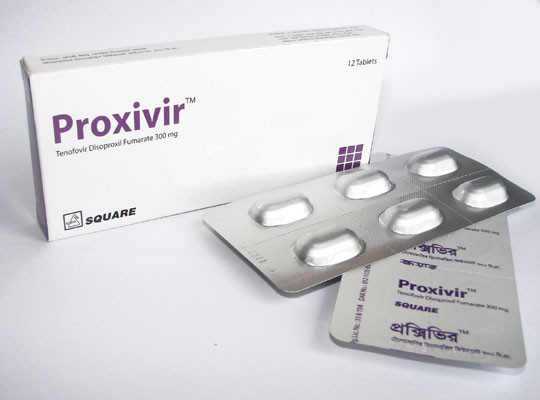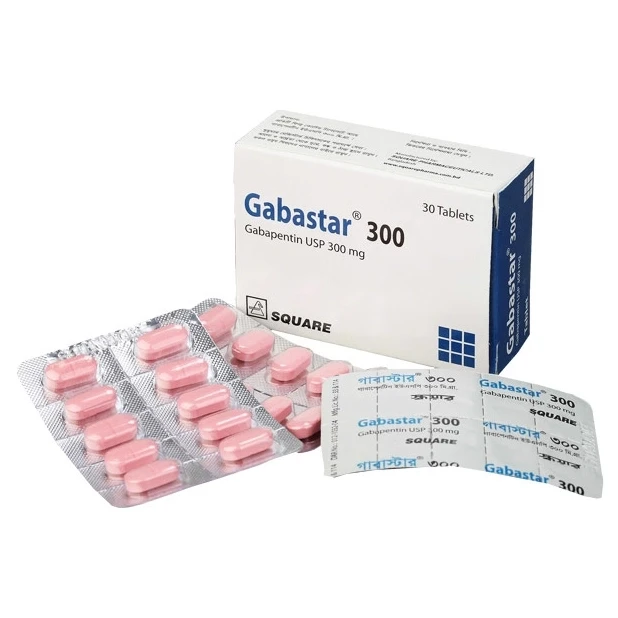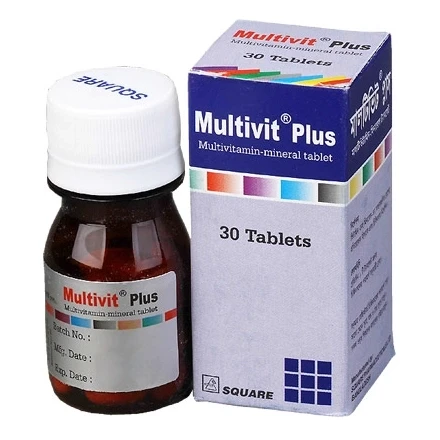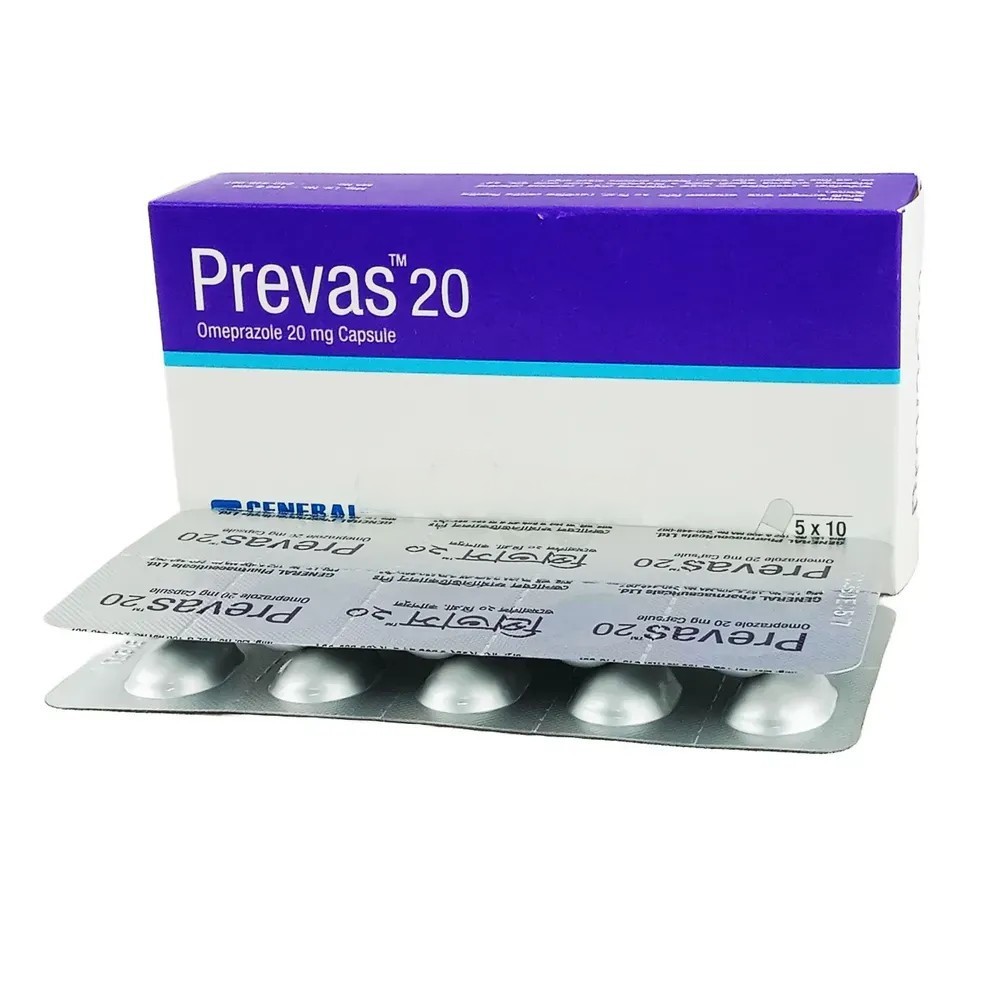

Proxivir Tablet,Tenofovir Disoproxil 300 mg
Inhouse product
-
৳11.40
৳12.00 -
৳42.75
৳45.00 -
৳16.63
৳17.50 -
৳2.14
৳2.25
Reviews & Ratings
Indications
In combination with
other antiretroviral agents, for the treatment of HIV-1 infection. Proxivir is
also indicated for the treatment of chronic hepatitis B in adults.
* রেজিস্টার্ড চিকিৎসকের পরামর্শ মোতাবেক ঔষধ সেবন করুন'
Pharmacology
Mechanism of Action: Tenofovir inhibits the activity of HIV
reverse transcriptase by competing with the natural substrate deoxyadenosine
5-triphosphate. Specifically, the drugs are analogues of the naturally
occurring deoxynucleotides needed to synthesize the viral DNA and they compete
with the natural deoxynucleotides for incorporation into the growing viral DNA
chain.
Pharmacokinetics: Tenofovir is a water soluble diester prodrug
of the active ingredient Tenofovir. The oral bioavailability of Tenofovir is
approximately 25%. Following oral administration of a single dose of Tenofovir
245 mg to HIV-1 infected subjects in the fasted state, maximum serum
concentrations (Cmax) are achieved in 1.0 10.4 hrs. Cmax and AUC values are
0.30 0.09 ug/mL and 2.29 + 0.69 ug hr/mL, respectively. Protein binding Very
low. <0.7% to human plasma proteins and <7.2% to serum proteins. Half
life Approximately 17 hours. Tenofovir is eliminated by a combination of
glomerular filtration and active tubular secretion.
Dosage & Administration
The size and frequency
of the dosage must be adjusted to the needs of the individual patient.
Tenofovir disoproxil 245 mg oral tablets should be administered once daily
orally, without regard to food.
Recommended Dose in
Adults: For the treatment of
HIV-1 or chronic hepatitis B: The dose is 245 mg Tenofovir tablet once daily
taken orally, without regard to food. In the treatment of chronic hepatitis B,
the optimal duration of treatment is unknown.
Recommended Dose in
Pediatric Patients (12 years of age
and older and greater than or equal to 35 kg): For the treatment of HIV-1 in
pediatric patients 12 years of age and older with body weight greater than or
equal to 35 kg: The dose is one 245 mg Tenofovir tablet once daily taken
orally, without regard to food.
* রেজিস্টার্ড চিকিৎসকের পরামর্শ মোতাবেক ঔষধ সেবন করুন
Interaction
Didanosine: Coadministration of Proxivir and didanosine
should be undertaken with caution and patients receiving Proxivir should be
monitored dosely for didanosine-associated adverse reactions.
Atazanavir: Patients receiving atazanavir and Proxivir
should be monitored for Proxivir associated adverse reactions.
Lopinavir, Ritonavir: Patients receiving lopinavir/ ritonavir and
Proxivir should be monitored for Proxivir-associated adverse reactions.
Contraindications
Broken bone due to disease or illness,
enlarged fatty liver, severe liver disease, acute kidney disease, decreased
calcification or density of bone, a mother who is producing milk and
breastfeeding, low amount of phosphate in the blood, increased blood acidity
due to high levels of lactic acid and overweight.
Side Effects
As with any medicine,
side effects are possible with Proxivir. If side effects do occur, in most
cases, they are minor and either require no treatment or can easily be treated
by you or your healthcare provider. Headache, diarrhea, nausea, and weakness
appear to be some of the most common side effects of Proxivir. Other possible
side effects include indigestion or heartburn, chest pain, and drowsiness.
While most Proxivir side effects are minor, there are a number of side effects
that should be reported to your healthcare provider immediately, including high
cholesterol or triglycerides, kidney problems, depression, and anxiety.
Pregnancy & Lactation
Pregnancy category B.
No adequate and well-controlled studies in pregnant women. Tenofovir should be
used during pregnancy only if clearly needed. The centers for disease control
and prevention recommend that HIV-1-infected mothers not breastfeed their
infants to avoid risking postnatal transmission of HIV-1. Pediatric Use: For
the treatment of HIV-1 in pediatric patients 12 years of age and older with
body weight greater than or equal to 35 kg: The dose is 245 mg Tenofovir tablet
is once daily taken orally Geriatric Use: Clinical trials of Tenofovir did not
include sufficient numbers of subjects aged 65 and over to determine whether
they respond differently from younger subjects. In general, dose selection for
the elderly patient should be cautious, keeping in mind the greater frequency
of decreased hepatic, renal, or cardiac function, and of concomitant disease or
other drug therapy.
Precautions & Warnings
Lactic acidosis/severe
hepatomegaly with steatosis: Lactic acidosis and severe hepatomegaly with
steatosis, including fatal cases, have been reported with the use of nucleoside
analogs, including Proxivir, in combination with other antiretrovirals. A
majority of these cases have been in women. Exacerbation of hepatitis after
discontinuation of treatment discontinuation of anti-HBV therapy, including
Proxivir, may be associated with severe acute exacerbations of hepatitis.
Patients infected with HBV who discontinue Proxivir should be closely monitored
with both clinical and laboratory follow-up for at least several months after
stopping treatment. New onset or worsening renal impairment: Proxivir is
principally eliminated by the kidney. Renal impairment, including cases of
acute renal failure and Fanconi syndrome (renal tubular injury with severe
hypophosphatemial), has been reported with the use of Proxivir.
Coadministration with
other products: Proxivir should not
be used in combination with the fixed-dose combination products which contains
Proxivir. Proxivir should not be administered in combination with adefovir
disoproxil.
Patients Coinfected
with HIV-1 and HBV: Due to the risk of
development of HIV-1 resistance Proxivir should only be used in HIV-1 and HBV
coinfected patients as part of an appropriate antiretroviral combination
regimen. Fat Redistribution In HIV-infected patients
redistribution/accumulation of body fat including central obesity,
dorsocervical fat enlargement buffalo hump), peripheral wasting, facial
wasting, breast enlargement have been observed in patients receiving
combination antiretroviral.
Immune
Reconstitution/Redistribution Syndrome: Immune reconstitution syndrome has been reported in
HIV-infected patients treated with combination antiretroviral therapy,
including Proxivir.
Use in Special Populations
Dose Adjustment for
Renal Impairment in Adults: Significantly increased drug exposures occurred
when Proxivir was administered to subjects with moderate to severe renal
impairment Therefore, the dosing interval of Proxivir should be adjusted in
patients with baseline creatinine clearance below 50 mL/min using the
recommended 245 mg dosing interval every 24 hours, if the creatinine clearance
is 30-49 (mL/min) recommended 245 mg dosing interval every 48 hours. If the
creatinine clearance 10-29 (mL/min) recommended 245 mg dosing interval every 72
to 96 hours. In case of hemodialysis patients recommended 245 mg dosing
interval every 7 days or after a total of approximately 12 hours of dialysis.
No dose adjustment is necessary for patients with mild renal impairment
(creatinine clearance 50-80 mL/min).
Therapeutic Class
Drugs for HIV /
Anti-retroviral drugs, Hepatic viral infections (Hepatitis B)
Storage Conditions
Do not store above
25°C. Store in a cool and dry place, protected from light. Keep out of
children’s reach.
Frequently Bought Products
Resectin Tablet, Ranitidine Hydrochloride 150 mg
Gabastar Tablet, Gabapentin 300 mg
Napa Tablet - (500mg)
Fusid IM/IV Injection, Furosemide 20 mg/2 ml
Multivit Plus Tablet, Multivitamin & Multimineral
Product Queries (0)
Login Or Registerto submit your questions to seller
Other Questions
No none asked to seller yet
-
৳11.40
৳12.00 -
৳42.75
৳45.00 -
৳16.63
৳17.50 -
৳2.14
৳2.25








![Utal Tablet, Ulipristal Acetate [For uterine fibroids] 5 mg](https://www.skpharma.com.bd/public/uploads/all/Syt1SMOCeTeGw05pJr6Mh68cGxW4iTw8ga939vcM.jpg)








